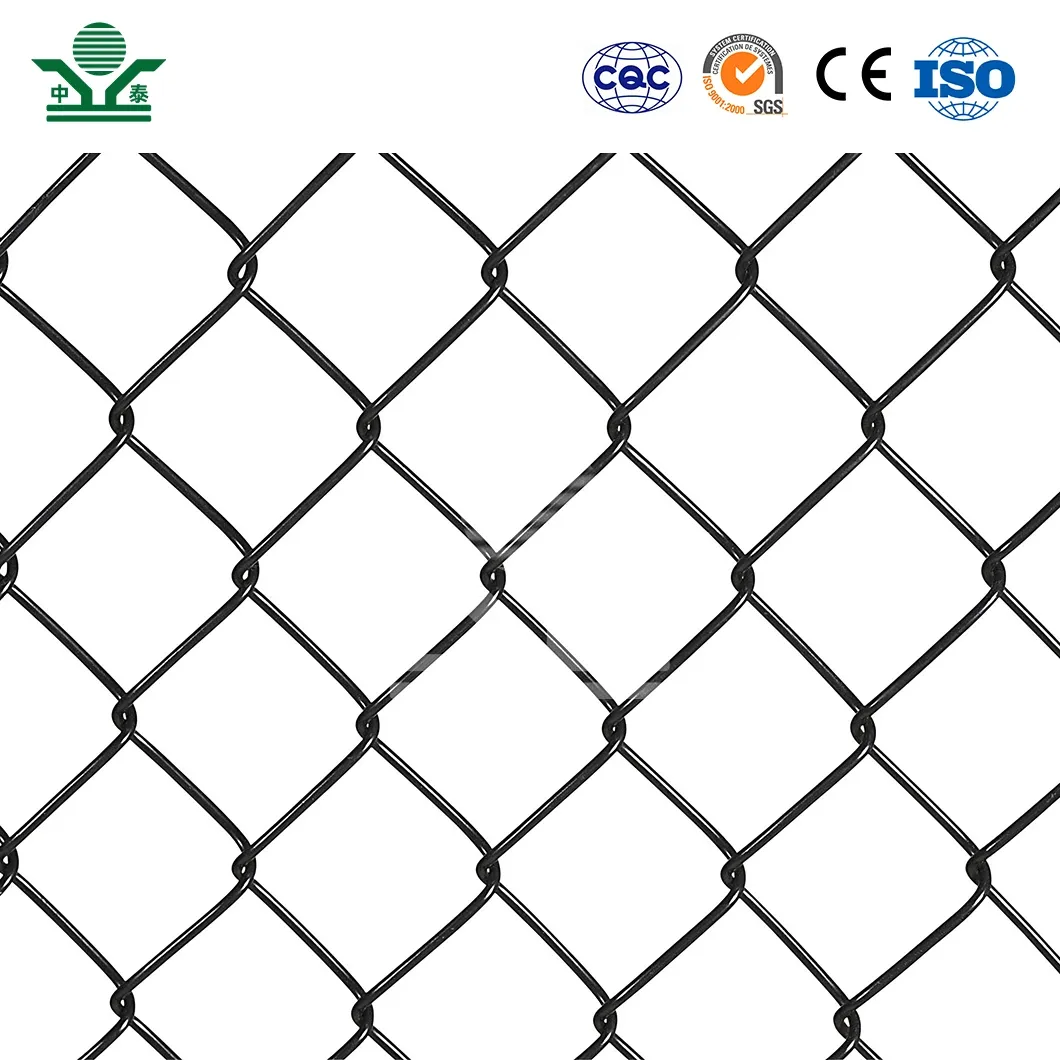Understanding Structural Steel Grating A Comprehensive Overview
Structural steel grating is an essential material used in various construction and industrial applications. Recognized for its strength, durability, and versatile nature, steel grating serves as a foundational component in many projects, ranging from commercial buildings to industrial facilities and infrastructural systems. This article delves into the properties, applications, benefits, and considerations surrounding structural steel grating.
What is Structural Steel Grating?
Structural steel grating is a type of framework made by welding or mechanically fastening together parallel bars or rods. The bars form a grid-like pattern, allowing for a surface that is both strong and lightweight while providing a sturdy base. Steel grating is typically fabricated from carbon steel, stainless steel, or aluminum, depending on the specific requirements of the application.
The manufacturing process involves creating an open mesh design that facilitates airflow, light penetration, and drainage, making it ideal for various environments. This design is particularly advantageous for structures requiring slip resistance and a strong load-bearing capacity.
Types of Steel Grating
There are various types of steel grating, each designed for specific applications
1. Bar Grating This is the most common form of steel grating, consisting of load-bearing bars spaced apart to create an open surface. It is used in walkways, platforms, and as infrastructure for various industrial purposes.
2. Expanded Metal Grating Produced by cutting and stretching metal sheets, this type of grating provides excellent strength and is often used in areas where weight reduction is critical without compromising structural integrity.
3. Fiberglass Grating While not steel, fiberglass grating is sometimes compared due to its non-corrosive nature and its light weight, making it suitable for environments where chemical exposure is a concern.
Applications of Structural Steel Grating
Structural steel grating has a wide array of applications
- Footbridges and Walkways Steel grating provides a safe and sturdy surface for pedestrian traffic in both industrial and recreational areas.
- Platforms and Mezzanines In warehouses and manufacturing facilities, steel grating serves as a flooring solution for elevated platforms, providing both support and visibility to underlying operations.
- Drainage Grates and Covers The open design allows for efficient water drainage in various settings, including parking lots, warehouses, and public spaces.
structural steel grating

- Staircases and Ladders Steel grating's slip-resistant properties make it an excellent choice for constructing safe staircases and ladders in industrial environments.
Benefits of Structural Steel Grating
The widespread use of structural steel grating can be attributed to several benefits
1. Strength and Durability Steel grating can support heavy loads and is resistant to wear and tear, making it suitable for demanding environments.
2. Lightweight and Versatile Compared to solid flooring, grating is lighter and can be easily customized to fit various applications.
3. Maintenance-Free Steel grating, particularly when coated for corrosion resistance, requires minimal maintenance, contributing to its cost-effectiveness over time.
4. Safety Features The design of steel grating often includes features that enhance safety, such as anti-slip surfaces that provide reliable footing in wet or oily conditions.
Considerations When Choosing Steel Grating
While structural steel grating offers numerous advantages, several factors should be taken into account when selecting the type for a specific project
- Environment Consider the surrounding environment, including exposure to chemicals, moisture, and other corrosive elements, which may influence the choice of material.
- Load Requirements Evaluate the load capacity needed for the application to select the appropriate thickness and spacing of grating bars.
- Installation Method Depending on the project, the installation process can vary significantly, so it's crucial to choose a grating type that aligns with the intended application and installation method.
Conclusion
Structural steel grating is an invaluable component across various sectors, providing strength, safety, and functionality. With its diverse applications and adaptability to different environments, steel grating has become a staple in modern construction and industrial practices. As understanding of this material continues to expand, its usage will likely grow, further enhancing the structural integrity and safety of built environments worldwide.
-
Why Galvanized Trench Cover Steel Grating Resists Corrosion
NewsJul.10,2025
-
The Versatility and Strength of Stainless Expanded Metal Mesh
NewsJul.10,2025
-
Load Calculations in Steel Grating Platforms
NewsJul.10,2025
-
Keeping Pets and Kids Safe with Chicken Wire Deck Railing
NewsJul.10,2025
-
Hole Diameter and Pitch for Round Perforated Metal Sheets
NewsJul.10,2025
-
Aluminium Diamond Mesh in Modern Architecture
NewsJul.10,2025
Subscribe now!
Stay up to date with the latest on Fry Steeland industry news.

